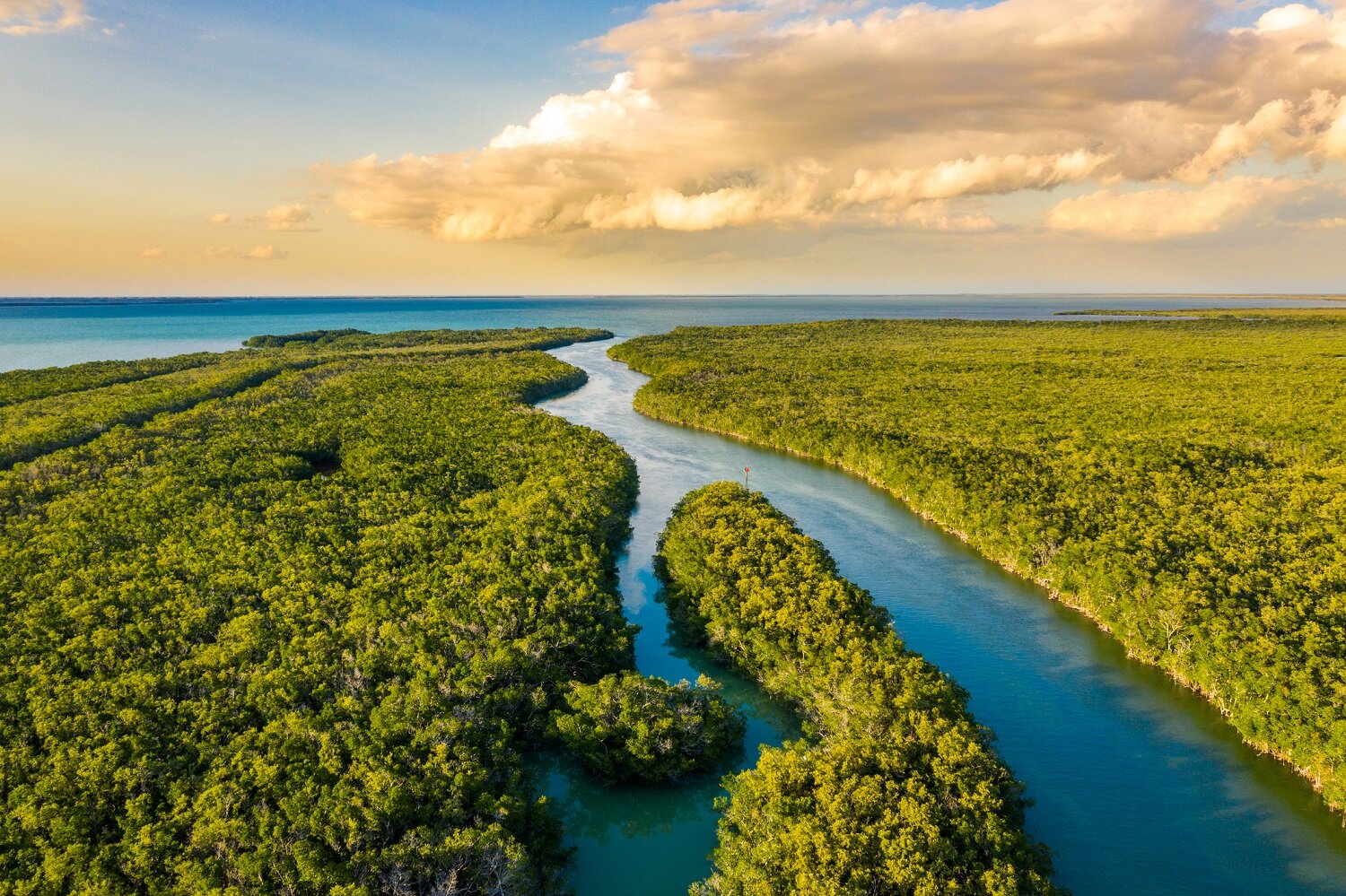The River of Grass — a great American Treasure
America’s Everglades, also known as the River of Grass, Pa-hay-Okee, and Laguna del Espíritu Santo, or “Lake of the Holy Spirit,” has a complex history in which Audubon has played an important role for more than a century. In the late 1800s and early 1900s plume hunters slaughtered millions of wading birds in the Everglades for their fine feathers to decorate hats and clothing. Early profit-seeking pioneers drained, ditched and developed the fragile ecosystem. Conservationists galvanized to form the first Audubon Society in the pursuit of new laws to protect the birds of the Everglades and their habitat.
In more recent years, Tropical Audubon Society (TAS) has continued that legacy of protecting the Everglades, as development pressure, pollution and water control methods pose increasing challenges to the health of the watershed. TAS has a long history in defending the Urban Development Boundary (UDB), a well-established invisible boundary that protects the Everglades and agricultural land from urban development, and upholding the county’s Comprehensive Development Master Plan (CDMP), a tool that planners have long used to balance development and environmental needs. TAS is a founding member of the Everglades Coalition, and remains a strong advocate for the federal government’s Comprehensive Everglades Restoration Plan (CERP), created to restore, protect and preserve the ecosystem.
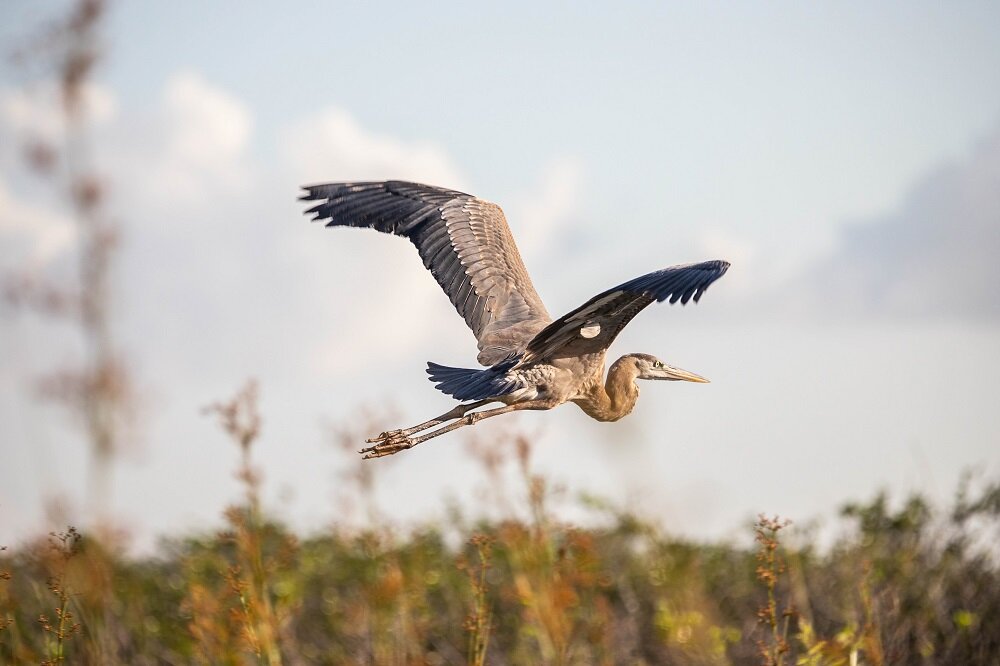
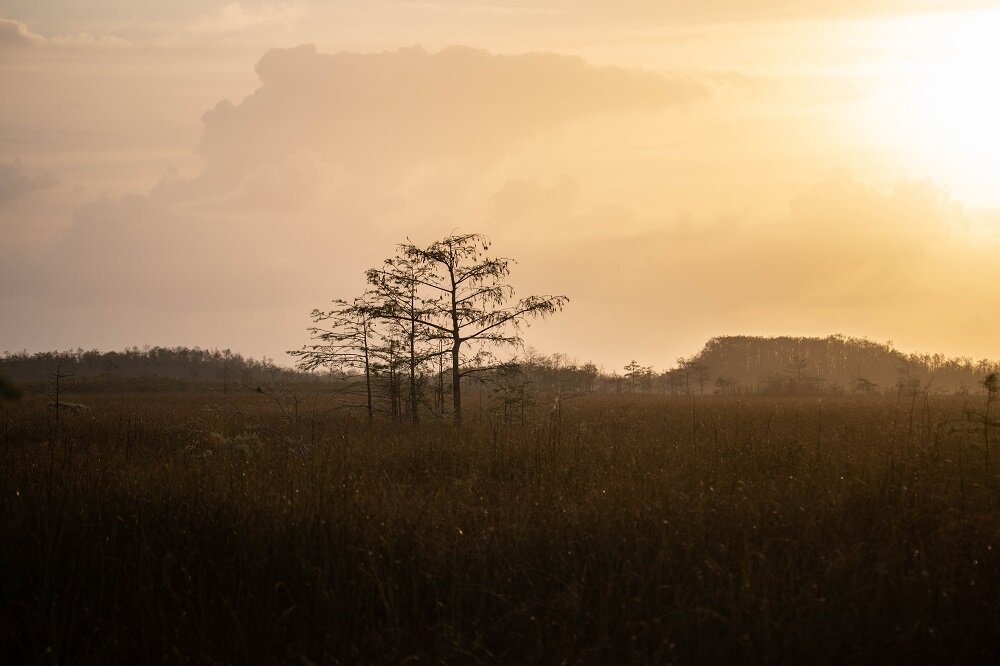
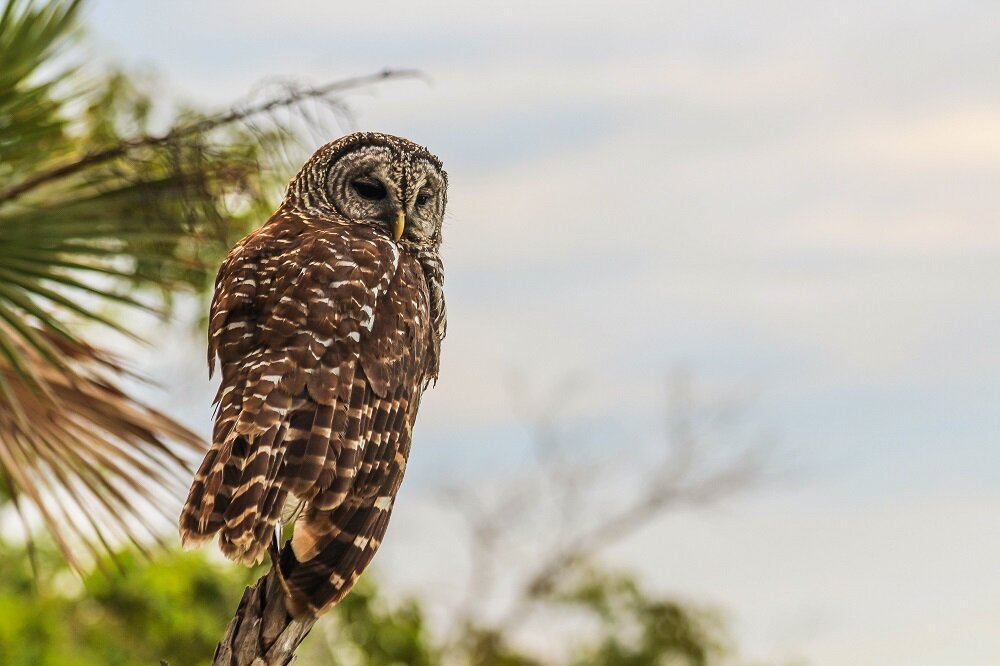
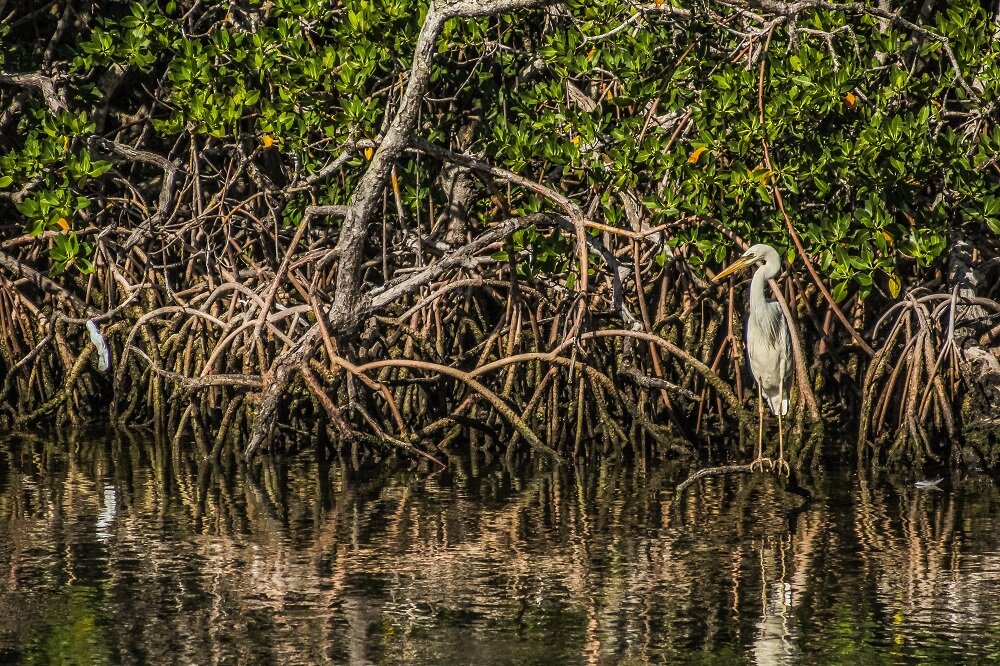
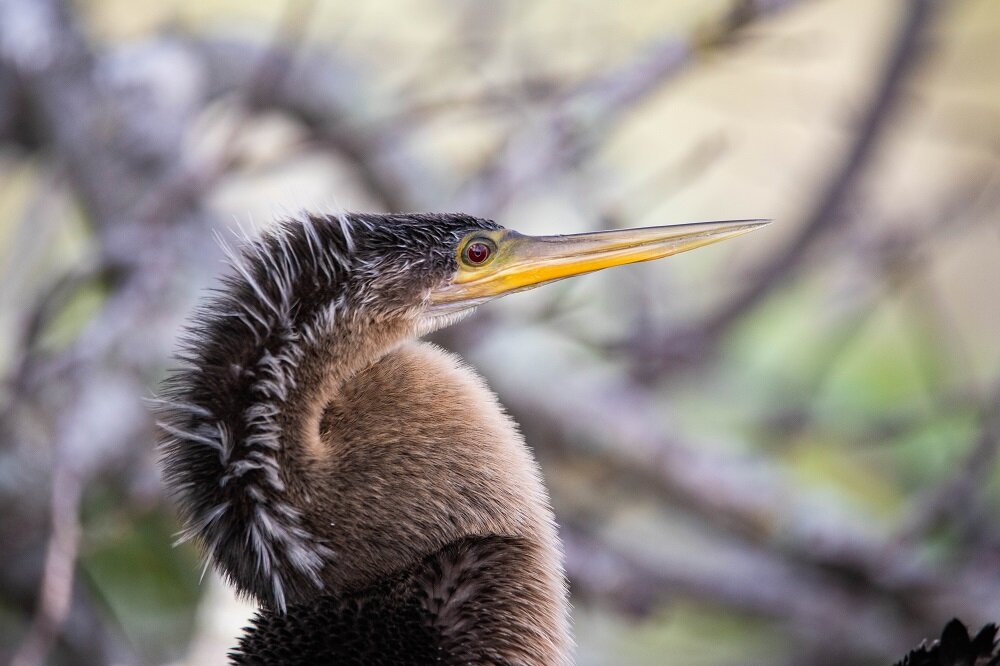
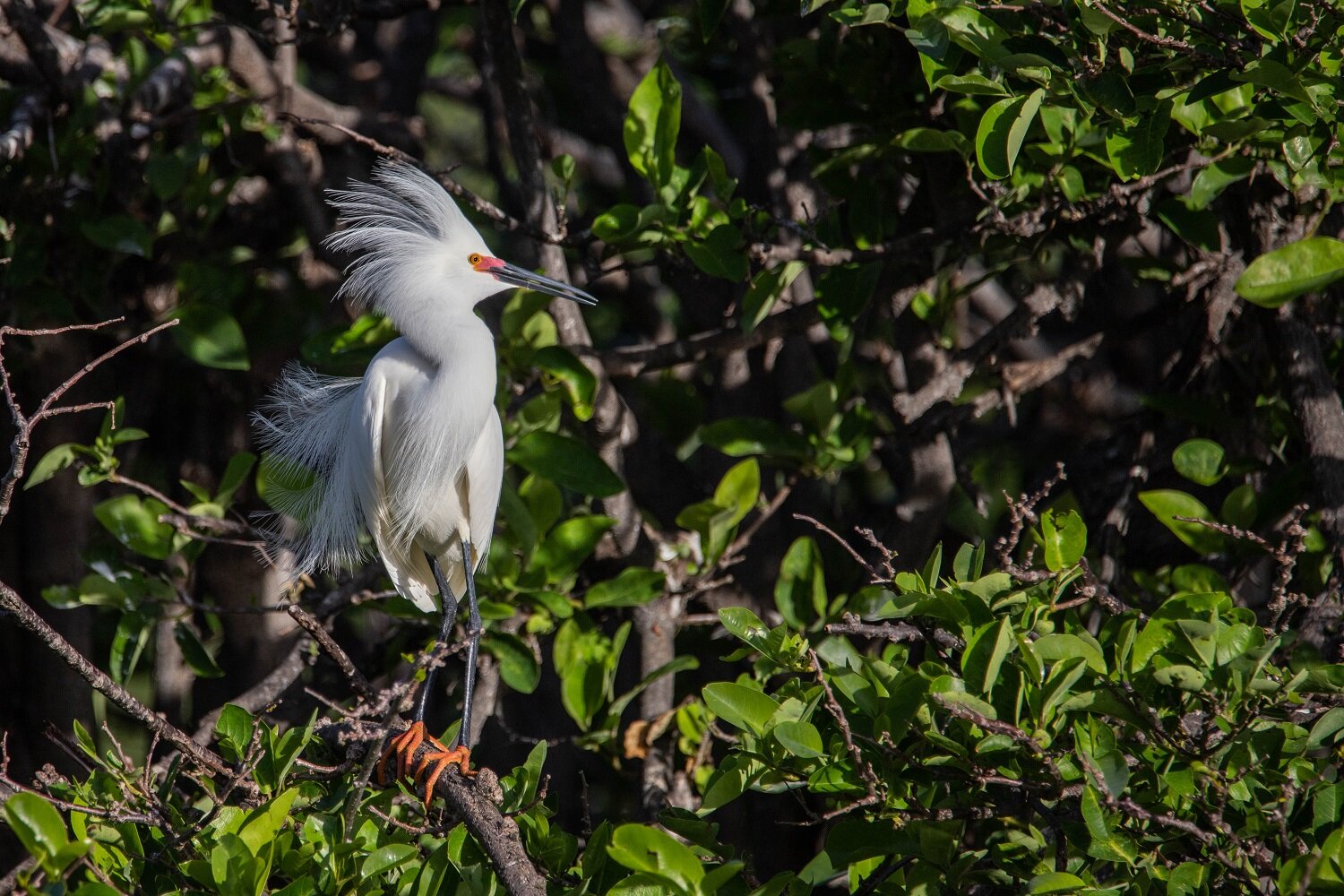
Miami-Dade County is located in a crucial spot at the end of the Everglades’ water flow. The Everglades recharges the Biscayne Aquifer, the water source for the county’s residents and irrigation supply for its $2.7 billion per year agricultural industry. Tourism from Everglades National Park brings in $58.7 million a year to the county.
Historically, the water from the Everglades helped maintain the brackish waters of Biscayne Bay. Additionally, much of Miami-Dade County was built on top of drained Everglades land. Pockets of the Everglades still exist in the county, including the remaining less than 1.2% of Pine Rocklands existing outside of Everglades National Park.
Learn all about the current threats to the Everglades by visiting evergladesrestoration.gov. Further, you can visit Everglades Law Center’s CERP timeline, which includes significant legislation, litigation, projects, and other milestones in Everglades restoration throughout the years.
Advocating to Protect the Everglades
The Everglades requires massive, generational restoration efforts in order to protect and maintain what remains of the River of Grass. To determine how to move restoration forward, it’s important to also consider how this globally unique ecosystem was reduced to its current compromised state.
Recognized as “South Florida’s Voice of Conservation,” our proactive advocacy has contributed significantly to restoration of the Everglades and protection of its inhabitants over the decades, by:
Engaging in the planning process with the Corps of Engineers and its non-federal sponsors to promote substantial restoration of natural habitats of Biscayne Bay and the Southern Everglades as part of the BBSEER and Southern Everglades Restoration projects, as well as advocating for additional funding for Everglades Restoration at the State and Federal levels.
Educating the public about the importance of restoration efforts via our Tropical Audubon Ambassador Program through our dedicated Everglades track and conservation-focused bird walks to the Everglades.
Advocating to protect Biscayne Bay and Everglades National Park, and their bird habitats, by seeking to prevent commercial use of the Homestead Air Reserve Base.
Advocating to uphold the CDMP the key planning policy for Miami-Dade County, in order to avoid urban sprawl by defending the UDB to maintain indispensable buffer lands between the Everglades and urban Miami-Dade. These agricultural and open space lands are vital to maintain water filtration services to recharge the Biscayne Aquifer and crucial habitats for wildlife.
Endeavoring to protect habitats and essential water storage in the Bird-Drive basin. TAS has mounted a legal challenge to Miami-Dade County’s plans to extend SR836 beyond the UDB, into the Everglades.
Guy M. Bradley — “America's First Martyr to Environmentalism”
Tropical Audubon Society’s activism, traced to the birth of the Coconut Grove Audubon Society (CGAS) in 1915, came just ten years after the infamous murder of Game Warden Guy Bradley by an Everglades plume hunter near Flamingo. The shocking death compelled the CGAS to lobby for more game wardens to enforce Florida’s bird protection laws and hunting regulations to spare the Everglades’ most vulnerable wading birds including Roseate Spoonbills, Great Egrets and others, from extinction. By the early 1930s, CGAS collaborated in the movement to create Everglades National Park.
A memorial to Bradley was erected by Tropical Audubon Society just outside the Flamingo Visitors Center of Everglades National Park in 1976. It reads:
Guy M. Bradley
1870-1905
Audubon Warden was shot and
Killed off this shore by outlaw
Feather hunters July 8, 1905
His Martyrdom created Nationwide
Indignation, strengthened Bird
Protection Laws and helped bring
Everglades National Park
Into being
Erected in his memory by
The Tropical
Audubon Society

